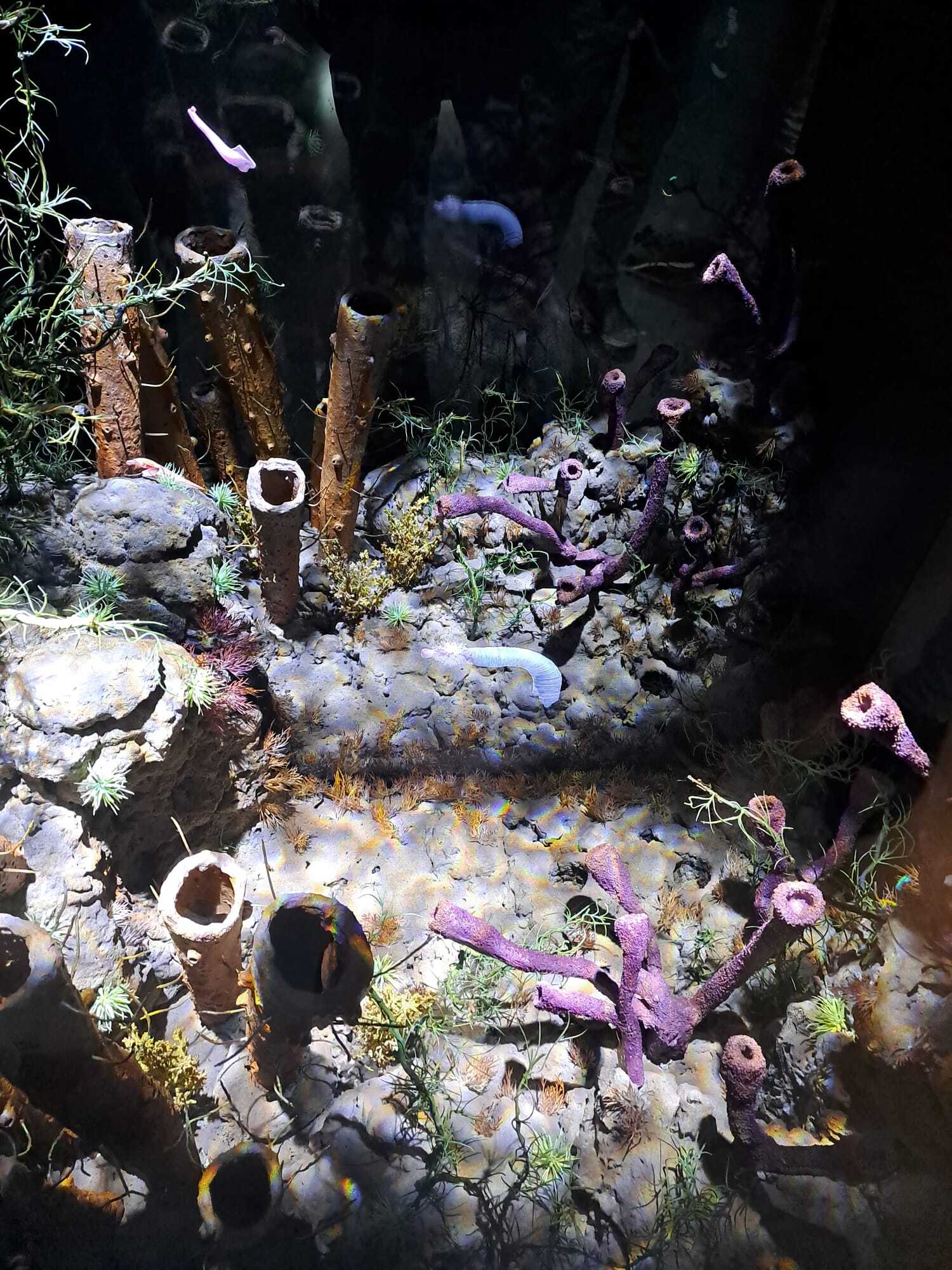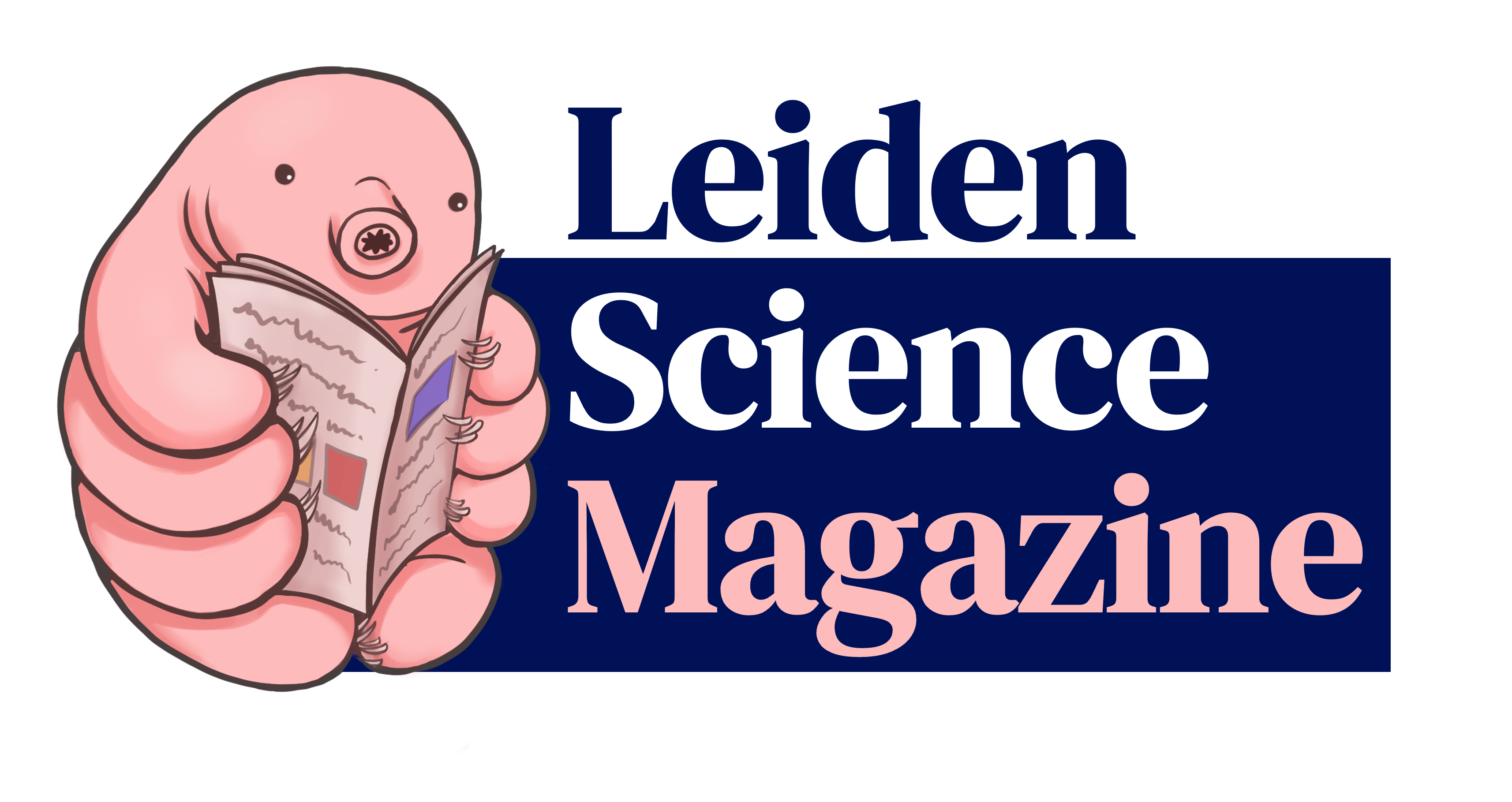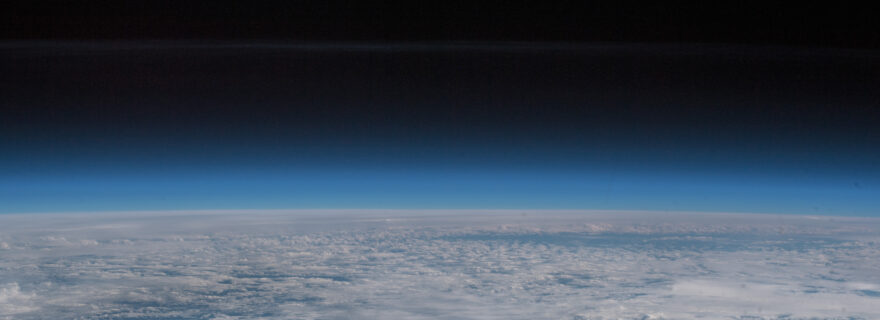Carbon Dioxide and Our Atmosphere - Make It or Break It?
We hear so much news about how too much carbon dioxide, CO₂, in the air is bad for the environment. You might start to think CO₂ is a bad substance, even though it is an important part of life as we know it.
Sterker nog; onze CO2-houdende atmosfeer is net zo belangrijk als vloeibaar water geweest voor het ontstaan van leven, en nog meer voor de vorming van complexe levensvormen.
The Birth of the Atmosphere
When Earth finally cooled off after her wild, molten phase—around 3.8 billion years ago— she settled down, threw on a coat of oceans, and got ready for life’s grand experiment. The atmosphere was formed, volcanoes spewing volatile gasses, such as SO2 , NO3 and CO2 . Due to Earth's magnetic field and gravity, these gases were able to form an atmosphere. If the magnetic field was not present, the atmospheric gases would be stripped away by solar winds, like on Mars which has a less strong magnetic field and almost no atmosphere. The greenhouse gases in Earth's early atmosphere kept the planet warm and cozy so the oceans stayed liquid. Eventually, according to geological research, life would form in these oceans.
The Great Oxidation Event
Geological evidence showed that around 3.5 billion years ago, the first life forms arose, though there is still discussion about how this happened exactly. At this point in time there was no oxygen in the atmosphere, which led these early life forms to be anaerobic, meaning they do not need oxygen for growth. Then, about around a billion years later, the great oxidation event happened. Cyanobacteria evolved around 2.7 billion years ago and they had the ability to photosynthesise, which produces oxygen. All this oxygen had some big implications such as the formation of the ozone layer (O3), which further protects life from harmful UV-radiation. However, this oxygen did not protect the original anaerobic organisms, it actually acted like a poison and killed them off, making this the first big mass extinction event life on earth has known. A mass extinction means 75% of all life dies within 2 million years. It is however not counted among the ‘Big Five’ mass extinctions, but it shows that the composition of the atmosphere can have a big impact on life.
The Dawn of Complex Life
In the two billion years to get to the really big Mass Extinction Event, metabolisms evolved to account for this new compound in the air. These new metabolisms would lead to a new way of life: multicellular organisms, which popped up at least 1 billion years ago. However, there is some evidence pointing towards this happening even earlier, as early as 2 billion years ago. Which brings us to the dawn of complex life: the Cambrian Explosion. In this period of time new species in all shapes and sizes emerged and diversified, all due to a little extra oxygen in the atmosphere. You can even admire these fascinating creatures at the Naturalis museum here in Leiden, they have a holographic aquarium where you could see them as they were all these millions of years ago.


Life's Fragile Existence with CO2
However when there is too much life, there will be a massive extinction. The history of earth knows 5 mass extinction events and CO2 has played a major role in nearly every mass extinction event, even if it was not the direct cause It seems like there is a balance between the amount of CO2 and the biodiversity of the planet. Too little CO2 and the earth cools down to an ice age like the End Ordovician (444 million years ago (mya)) - The end of the Cambrian explosion - and Late Devonian (360 mya). Too much CO2, like during the End Permian (250 mya), due to volcanic activity. Not only did too much CO2 make the atmosphere warmer, it also acidified the oceans. Together, these changed the composition of the atmosphere with sulfur and methane (CH4), causing the most devastating mass extinction yet. Something similar happened during the End Triassic, although the volcanic activity now happened underwater instead of on land. At the end of the Cretaceous (66 mya), one asteroid had a big impact on life, technically killing almost all dinosaurs. However, it was not the initial impact, but the after effects that were the reason for this mass extinction. The massive cooling impacted photosynthesis, which led to a loss of resources.
It is a Balance
It seems that CO2 can have positive impacts on life, and it even is the reason for complex life. There seems to be a balance between CO2 and biodiversity, and if that balance is tipped either way could have disastrous effects on 80% of all living species. It is even theorised that there is an actual cycle of rising or dropping CO2 levels that leads to extinction, which is supported by our current CO2 levels leading to a biodiversity decrease of ~6%. If CO2 levels keep rising we will enter the 6th cycle, and reach a mass extinction event by 2100. It would be the end of the Anthropocene, all because we messed with the composition of the atmosphere.
The atmosphere gave us life, but she can easily take it away. It is important that we remember the atmosphere is important to us, and even more so the balance of CO2. It is not a "bad" molecule, it is the reason for complex life, our life.
Sources
Davis, W. J. (2023). Mass Extinctions and Their Relationship With Atmospheric Carbon Dioxide Concentration: Implications for Earth’s Future. Earth’s Future, 11(6), e2022EF003336. https://doi.org/10.1029/2022EF003336
Environment, F. of. (2018, juli 20). The evolution of early animals caused global warming more than 500 million years ago. https://environment.leeds.ac.uk/faculty/news/article/343/the-evolution-of-early-animals-caused-global-warming-more-than-500-million-years-ago
Erwin, D. H. (2009). Climate as a Driver of Evolutionary Change. Current Biology, 19(14), R575-R583. https://doi.org/10.1016/j.cub.2009.05.047
Evolution of the atmosphere—Earth’s History, Oxygenation, Greenhouse Gases | Britannica. (z.d.). Geraadpleegd 16 februari 2025, van https://www.britannica.com/topic/evolution-of-the-atmosphere-1703862/Biological-carbon-cycle
Extinction event. (2025). In Wikipedia. https://en.wikipedia.org/w/index.php?title=Extinction_event&oldid=1274589870
Lundin, R., Lammer, H., & Ribas, I. (2007). Planetary Magnetic Fields and Solar Forcing: Implications for Atmospheric Evolution. Space Science Reviews, 129(1), 245-278. https://doi.org/10.1007/s11214-007-9176-4
Ritchie, H. (2022a). There have been five mass extinctions in Earth’s history. Our World in Data. https://ourworldindata.org/mass-extinctions
Geraadpleegd 16 februari 2025, van https://www.southampton.ac.uk/news/2024/07/small-change-in-earths-oxygen-levels-may-have-sparked-huge-evolutionary-leap.page
Solar wind. (2025). In Wikipedia. https://en.wikipedia.org/w/index.php?title=Solar_wind&oldid=1273474295
Taverne, Y. J., Merkus, D., Bogers, A. J., Halliwell, B., Duncker, D. J., & Lyons, T. W. (2018). Reactive Oxygen Species: Radical Factors in the Evolution of Animal Life. BioEssays, 40(3), 1700158. https://doi.org/10.1002/bies.201700158
The Cambrian explosion’s spark. (z.d.). Geraadpleegd 18 februari 2025, van https://news.stanford.edu/stories/2024/07/revisiting-the-cambrian-explosion-s-spark






0 Comments
Add a comment